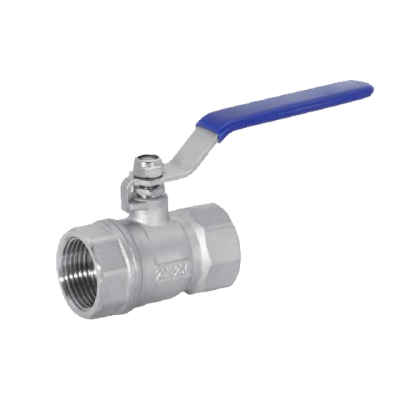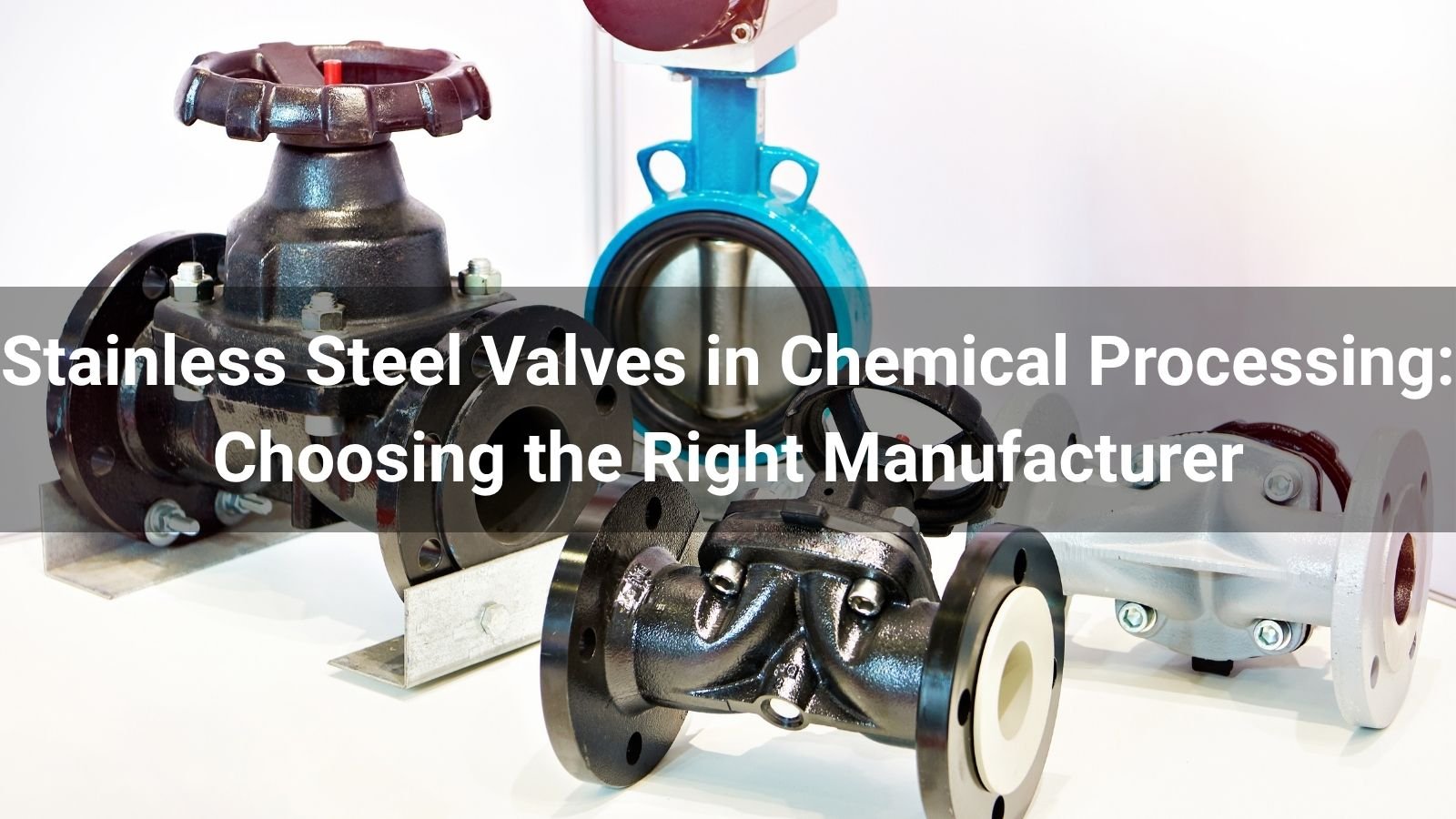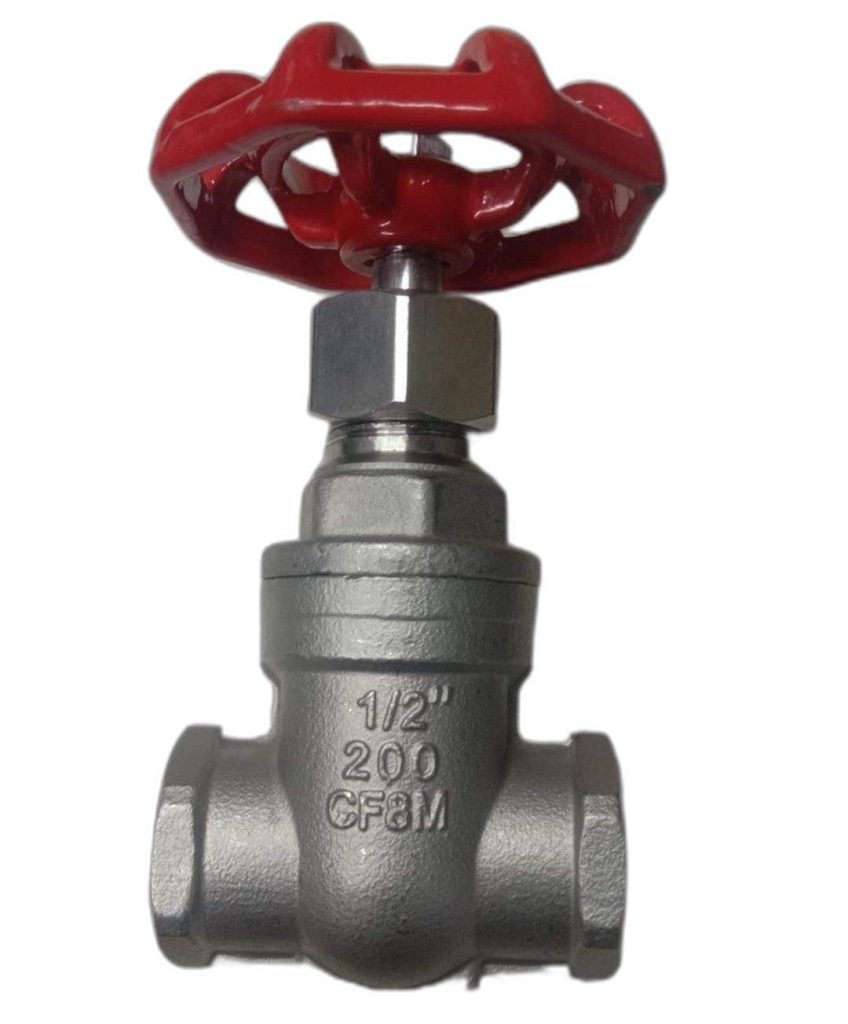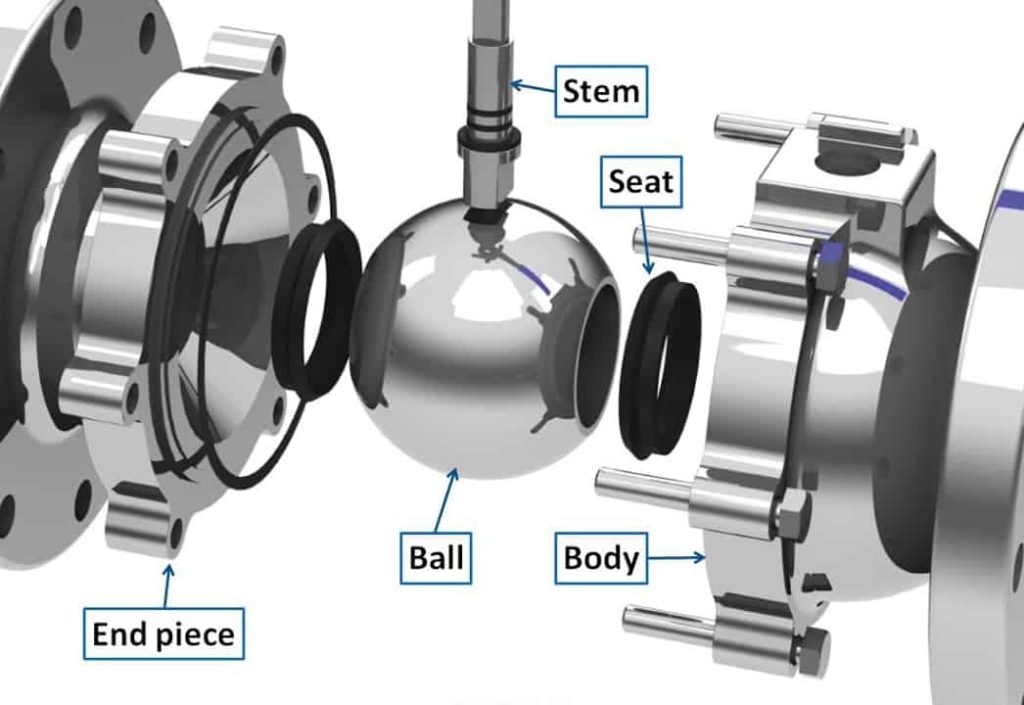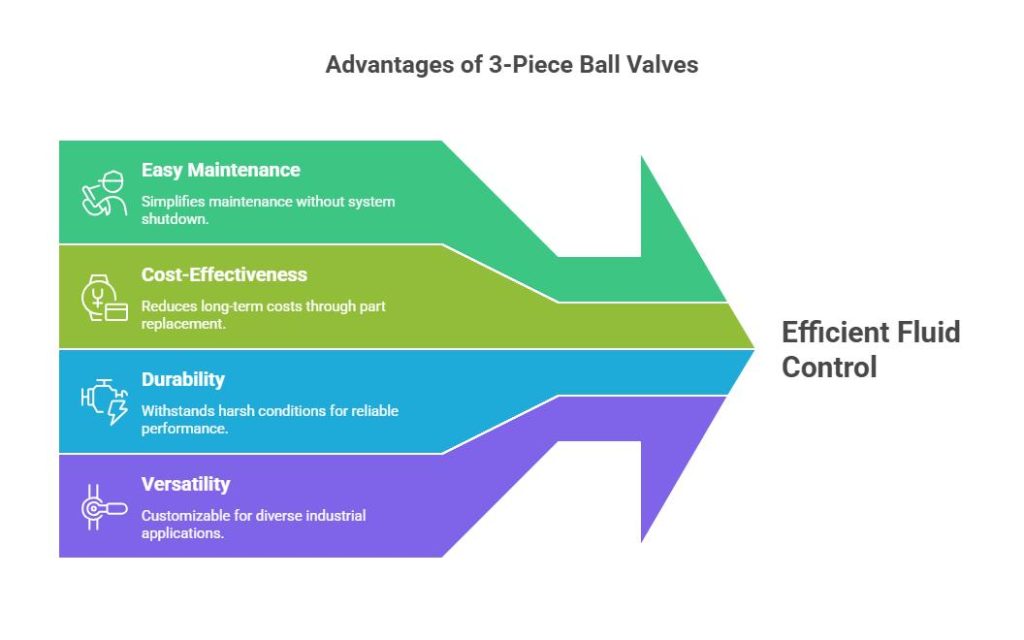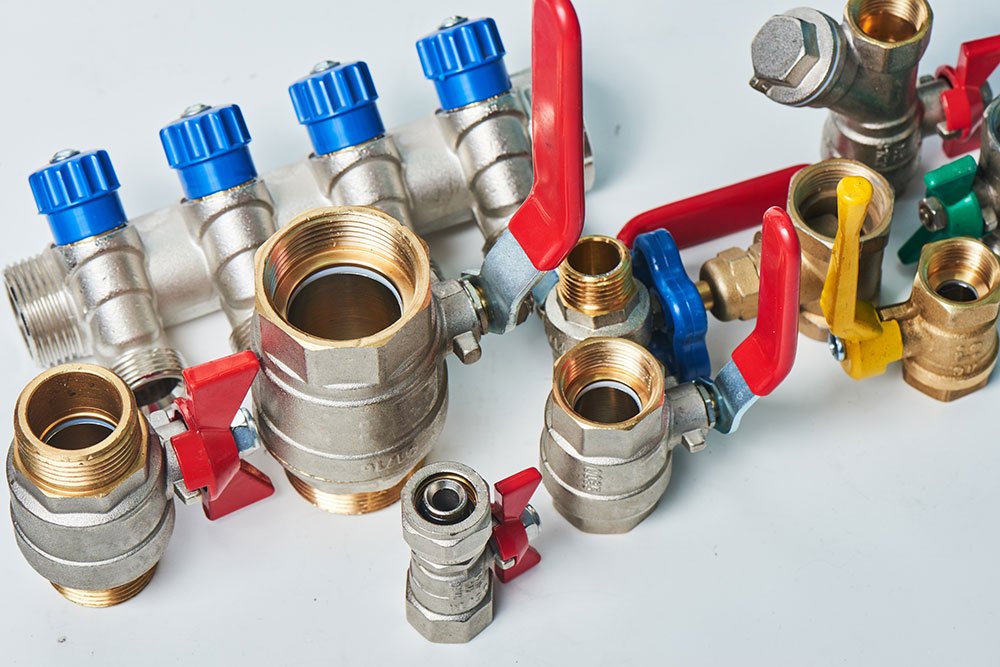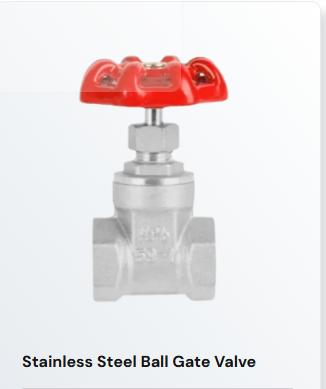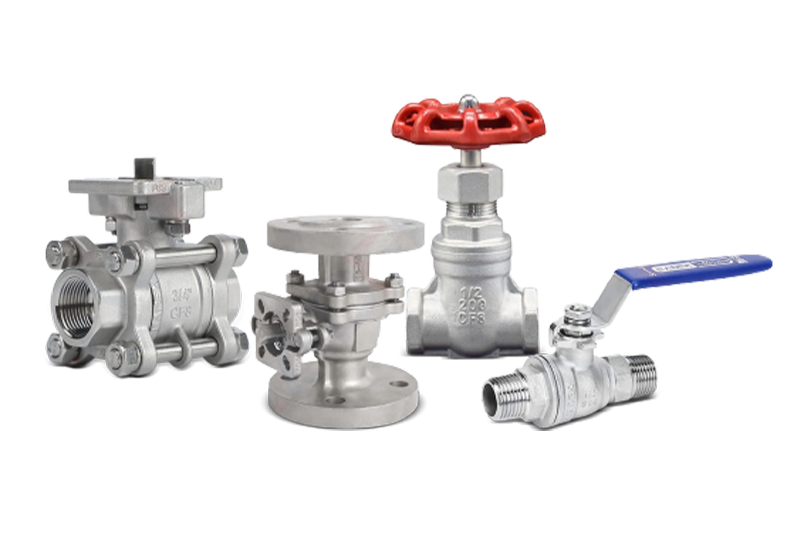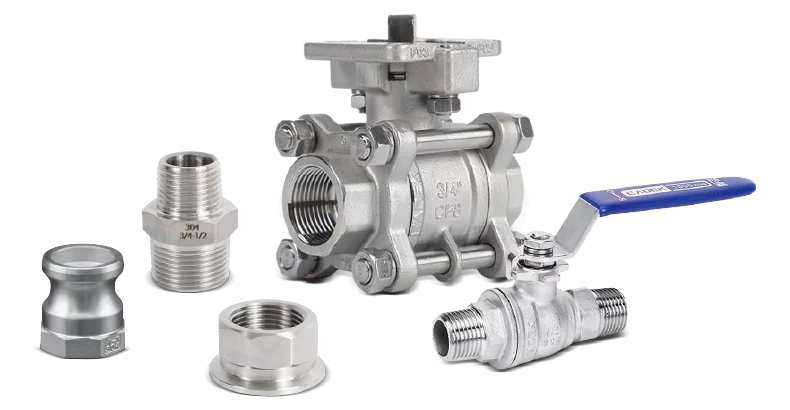Johdanto
Industrial valves are a crucial part of any piping system, responsible for regulating, directing, or controlling fluid, gas, and slurry flow within various industries. They can be found in power plants, chemical processing facilities, oil & gas operations, and water treatment plants, to name a few, and the right valve can significantly impact the performance, safety, and efficiency of your system.
This article will outline the 10 most common types of industrial pipes and valves, explain how they function, help you understand how industrial valves work, and what to look for when determining the best valve for your industrial application.
Where to Buy Industrial Valves
Founded in 2015 and headquartered in Zhejiang, China, PROCAMLOCK has rapidly become a trusted name in manufacturing camlock fittings, valves, filters, and fluid transfer systems. We serve a global customer base across key sectors such as petroleum, chemical, agriculture, and oil & gas industries.
To meet international quality and environmental standards, our products fully comply with global regulations and hold certifications.

These certifications enable our products’ seamless integration into European and North American industrial systems.
1. Palloventtiili
A ball valve is a quarter-turn valve with a simple yet effective design. Ball valves use a spherical hollow ball in the valve body to shut off flow. The ball rotates 90 degrees, or a quarter turn, from open to closed, allowing the valve to open and close quickly and provide a reliable shut-off.
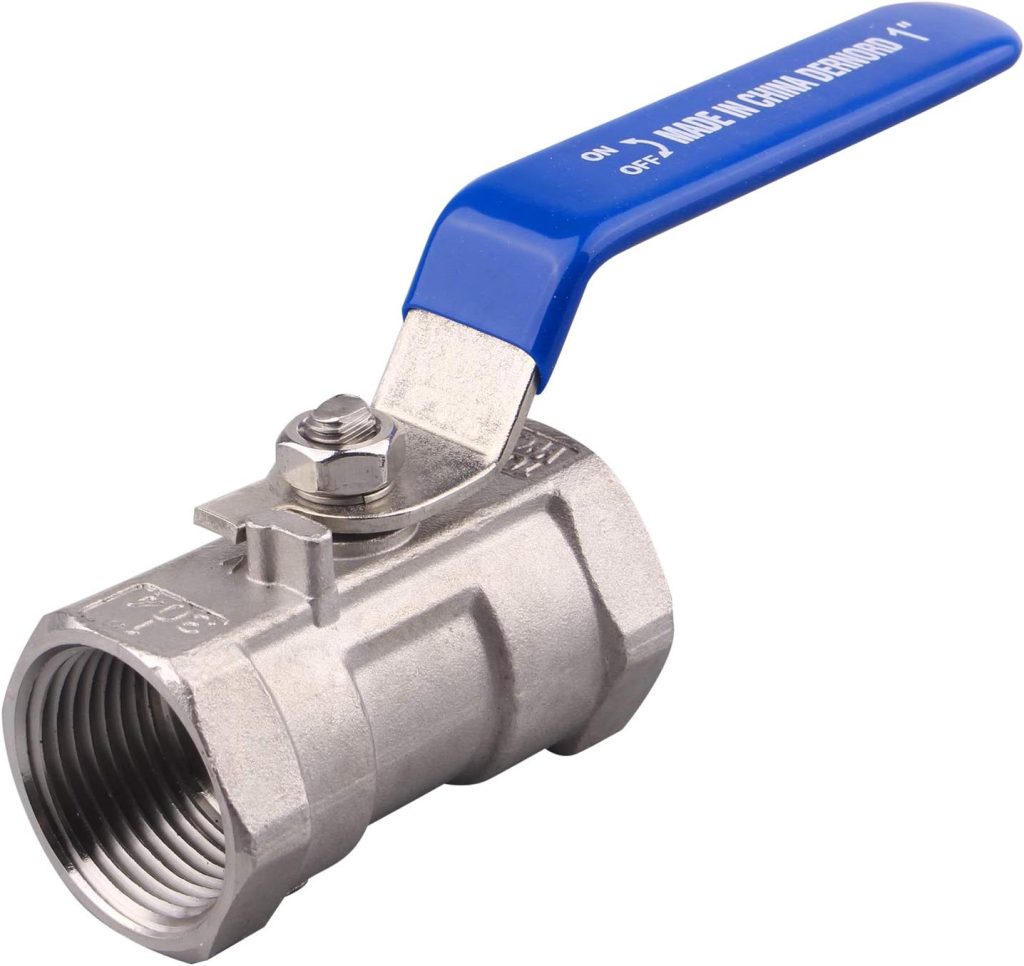
Advantages
- Very reliable shut-off with tight sealing properties.
- Low leakage when properly used and well-maintained.
- Very low operating and maintenance costs.
- Allows for smooth flow with very little pressure drop.
- Easy to operate, which saves you time and labour.
Disadvantages
- It is not ideal for throttling or precise flow control.
- May be subject to damage in service when used with thick or dirty media due to sediment build-up.
- Fast operation may cause pressure surges.
Sovellukset
- Petrochemical industry.
- Pharmaceutical manufacturing.
- Food and beverage processing.
- HVAC (Heating, Ventilation, and Air Conditioning) systems.
- Natural gas distribution networks.
2. Läppäventtiili

A Butterfly valve consists of a round disc on a rotating stem. When you turn the actuator, the stem rotates the disc from 0 to 90 degrees. At 0 degrees, the disc blocks any flow because it is perpendicular to the flow. At 90 degrees, it is also completely parallel to the flow, allowing for total flow. While these are simple valves, they also have precise flow control and can rapidly operate.
Advantages
- Profile is thin and compact, allowing it to fit into tighter spaces.
- Lightweight, making it easier to handle or install.
- Low pressure drop due to the low drag of the disc shape.
- It is easy and inexpensive to install or replace.
Disadvantages
- It is limited in precision and likewise in precision.
- High-pressure flow will affect the stability of the disc.
Sovellukset
- Chemical processing.
- Food and beverage production.
- Shipbuilding.
- Air conditioning and ventilation.
- Water and sewage systems.
3. Takaiskuventtiili

Takaiskuventtiilit are automatic valves used to prevent reverse flow in a pipeline. Most of them have a part that can be shifted (ball, disc, or piston), which is opened when the desired flow direction is present and closed when the flow direction is the opposite.
Advantages
- Simple/efficient to create a one-way flow.
- No manual or automated control required.
- Prevents reverse flow that may damage systems.
- It can act as a reliable safety backup in emergencies.
Disadvantages
- Not designed to act as a flow control (regulation or throttling).
- The valve’s disc may stick in the open position, particularly when considering debris or inconsistent pressure.
Sovellukset
- HVAC equipment.
- Petroleum and chemical processing.
- Water treatment plants.
- Power generation.
- Plumbing systems.
4. Porttiventtiili

A gate valve is built with a plate or ‘gate’ rim that sits either parallel to the flow direction or at right angles to the flow direction. When it is in the fully opened position, the gate retracts into the valve bonnet, providing the full flow path. Closing occurs at the gate when the flow path is blocked by the gate coming down.
Advantages
- Provides an unobstructed flow path when open, minimizing pressure loss.
- Used in systems that have bi-directional flow.
- Simple design, easy to operate.
- Large diameter pipelines.
Disadvantages
- Poor throttling choice, not designed for accurate flow control.
- Discs can become damaged, and fluctuations in pressure or flow rates can cause the discs to fail.
Sovellukset
- Mining operations.
- Refineries and chemical plants.
- Oil and gas industry (for isolation and on/off control).
- Power generation facilities.
- Water and wastewater treatment.
5. Knife Gate Valve

Knife gate valves have a flat, knife-like gate that fits into the flow to control or stop the flow. Gates are normally 3-25 mm thick, and gate motion is perpendicular to the flow. Pneumatic knife gate valves use compressed air (60-120 psi) to activate and enable speed of operation.
Advantages
- Provides safe isolation in thick and abrasive media.
- Easy design needing little maintenance.
- Handling slurries, powders, and other tough media types.
- Can be provided in both manual and automated actuation applications.
Disadvantages
- Not ideal for throttling applications, or you might end up damaging the knife gate disc.
- Wear can be an issue over time when handling high-abrasive media types.
- Manageable pressure in comparison to other valve types.
Sovellukset
- Chemical and wastewater treatment.
- Steel and cement industries.
- Mining and minerals processing.
- Power generation.
- Pulp and paper industry.
6. Globe Valve

Iskuventtiilit use a globular body with a movable round disc-type element and a fixed ring seat. The disc moves up and down at 90-degree angles to the seat, allowing for very accurate flow control. When turning the handwheel, the valve stem moves the disc toward or away from the seat, enabling precise flow regulation. Globe valves provide excellent throttling capacities.
Advantages
- Better shut-off than gate valves.
- Made for continuous use, does not wear out as quickly.
- Easy to take apart and fix (reduce downtimes for repairs and lower repair costs).
Disadvantages
- More pressure loss occurs as flow paths inside the valve restrict flow.
- Not appropriate in high-pressure applications where pressure loss must be kept to a minimum.
Sovellukset
- Hydraulic systems.
- Boiler feedwater control.
- Steam systems.
- Cooling water systems.
- Fuel oil systems.
7. Needle Valve

A needle valve is a specialized valve that contains a long, tapered needle-like disc. A needle valve is functionally similar to a globe valve and represents the linear motion family of valves, for which it can provide precise flow control. The design also allows for a greater degree of control in low-flow situations.
Advantages
- Provides precise flow control to regulate media better.
- Excellent for vacuum systems; ideal for applications requiring fine adjustments.
- Minimal mechanical force to seal the valve, thereby reducing wear and tear.
Disadvantages
- Used primarily in more sophisticated shut-off applications.
- Requires multiple turns to open and close completely, making the response slower than other valves.
Sovellukset
- Flow metering.
- Fuel and chemical lines.
- Pressure gauges and instruments.
- Hydraulic systems.
- Laboratory equipment.
8. Pinch Valve

A pinch valve consists of a flexible tube situated inside a valve body. Pinch valves function by “pinching” the tube using rollers, bars, and/or pneumatic actuators. As the tube is squeezed shut, it will gradually close to restrict flow over time. Once the tube is pinched and fully closed, the flow will be stopped.
Advantages
- No internal moving parts, making the valve simple and robust.
- Excellent for slurries, thick media, and corrosive materials.
- The total worldiness of the valve prevents contamination of the media by isolating parts of the valve.
- Very low maintenance cost – the valve is not complex.
Disadvantages
- Not able to withstand high pressure; not enough surface contact.
- Poor for gas flow; prone to leakage.
Sovellukset
- Food and beverage processing.
- Mining and mineral processing.
- Wastewater treatment.
- Bulk material handling.
- Pharmaceutical industry.
9. Plug Valve

Plug valves utilize a tapered or cylindrical-shaped plug with a hole that rotates around its axis inside the valve body. When installed, the plug valve can accommodate flows by rotating the plug 90 degrees so the hole is aligned or misaligned with the inlet and outlet ports.
Advantages
- Simple mechanism.
- Allows for convenient in-line maintenance.
- Low-pressure drop.
- Reliable and tight sealing.
- Fast acting, to open or close the valve requires just a quarter-turn.
Disadvantages
- The design creates excessive friction, so you often need an actuator to close or open the valve.
- Does not work for throttling.
- Requires an electrical or automated actuator.
Sovellukset
- Pulp and paper industry.
- Wastewater treatment.
- Food and beverage processing.
- Pharmaceutical manufacturing.
- Petrochemical industry.
10. Pressure Relief Valve

Pressure relief valves are a safety mechanism to protect against systems’ overpressure. They consist of a spring-loaded disc on a seat. When system pressure builds above the spring force, the disc lifts, allowing fluid to escape to relieve pressure. Once the fluid pressure comes down below the set-point, the disc reseats.
Advantages
- It can be used in all applications, including gas and liquid.
- It can also be used in high-pressure and high-temperature applications.
- Economically viable.
Disadvantages
- They don’t do well with spring mechanisms and corrosive media.
- Back pressure could potentially cause problems with the valve operation.
Sovellukset
- Pressure vessels.
- Steam generators.
- Hydraulic systems.
- Natural gas pipelines.
- Boiler systems.
Types of Valves | All in One Guide to Industrial Valve Types
Comparison Table
| Valve Type | Suunnittelu ja käyttö | Sovellukset | Key Materials | Advantages | Limitations |
| Palloventtiili | Spherical disc with bore, quarter-turn operation | Pipelines, oil & gas, water treatment | Stainless steel, brass, PVC | Fast operation, tight seal, low pressure drop | Not suitable for throttling |
| Läppäventtiili | Disc rotates on shaft, quarter-turn operation | HVAC, water treatment, large diameter pipelines | Cast iron, ductile iron, stainless steel | Compact design, quick operation, good throttling | Not suitable for high-pressure applications |
| Takaiskuventtiili | Self-operating, prevents backflow | Pump systems, water supply, oil & gas pipelines | Stainless steel, bronze, PVC | Automatic operation, quick response to flow reversal | Limited control over flow rates |
| Porttiventtiili | Flat/wedge-shaped gate moves perpendicular to flow | Water distribution, oil pipeline, power plants | Cast iron, steel, bronze | Excellent sealing, low pressure drop when fully open | Slow operations, not suitable for throttling |
| Knife Gate Valve | Knife-like gate cuts through media | Pulp & paper, wastewater, mining | Stainless steel, carbon steel, cast iron | Best for slurries, rapid operation with pneumatic actuation | Not suitable for high-pressure applications, possible safety risks |
| Globe Valve | Movable disc-type element, precise flow control | Steam system, power plants, chemical processing | Bronze, cast iron, stainless steel | Superior throttling, stable flow characteristics | Higher pressure drop compared to gate valves |
| Needle Valve | Long, tapered needle-like plunger for accurate control | Hydraulic/pneumatic systems, instrumentation, sampling | Stainless steel, brass, exotic alloys | Exceptional accuracy in flow control, high-pressure capability | Not suitable for high-flow applications |
| Pinch Valve | Flexible tube pinched to control flow | Mining, wastewater, food & beverage | Elastomers (rubber, EPDM, Viton) | Best for slurries and abrasive media, full-bore flow when open | Limited pressure ratings, periodic sleeve replacement |
| Plug Valve | Cylindrical/conical plug rotates to control flow | Oil & gas, petrochemical, wastewater treatment | Cast iron, carbon steel, stainless steel | Tight shutoff, low-pressure drop when fully open | Can be costly, may need high torque to operate |
| Pressure Relief Valve | Spring-loaded disc opens at set pressure | Boilers, pressure vessels, refineries | Stainless steel, bronze, cast iron | Rapid response to overpressure, reliable protection | Requires regular maintenance and testing |
Industrial Valve Standards
Industrial valve standards serve as guidelines to ensure that the valves we use meet various industries’ quality, safety, performance, and other requirements. Standards dictate all facets of valves, everything from design and material selection to pressure class ratings, dimensions, and how valves are tested.

Common valve standards include:
- API (American Petroleum Institute) – Used in the oil and gas sector.
- ANSI (American National Standards Institute) – Used for pressure integrity, dimensions, and testing.
- ASME (American Society of Mechanical Engineers) – Standards for pressure class ratings, dimensions, and materials.
- ISO 14001 (International Organization for Standardization) – Focuses on environmental performance and sustainability in manufacturing processes.
- ISO 9001 (International Organization for Standardization) – Specifies requirements for a quality management system (QMS).
- RoHS (Restriction of Hazardous Substances) – Restricts certain hazardous materials in electrical and electronic equipment.
- CE Marking (European Economic Area Compliance) – Valves and related components sold in the European Economic Area (EEA) must bear the CE mark.
Using ITT industries valves compliant with recognized industrial valve standards for safety and performance will usually lead to better system reliability and safety. At the same time, the overall selection of complementary equipment ensures seamless integration into the end user’s complex systems.
Industrial Valve maintenance and care
Proper industrial valve maintenance is important to achieve long service life, ensure safety and reliable operation, and contain system costs. Easy-to-maintain industrial valves routinely face high pressures, corrosive and abrasive substances, and extreme temperatures, so considering the potential for failure due to improperly maintained valves is vital to avoiding unnecessary downtime.

Recommended Maintenance Practices:
1. Regular visual inspection
- Tools: Flashlight, inspection mirror, digital camera.
- Purpose: Detect signs of wear, corrosion, leakage, or cracks on the body and connections.
- Frequency: Weekly or Monthly.
- Troubleshooting Tip: Any discoloration or residue near seals may indicate internal leakage.
2. Cleaning and lubrication
- Tools: Solvent wipes, brushes, valve cleaner, lubricant compatible with valve type.
- Purpose: Prevent buildup that leads to sticking or corrosion.
- Frequency: Monthly or Per Manufacturer Specs.
- Troubleshooting Tip: If valves are hard to operate, check for debris or dry bearings.
3. Replacement of seals and gaskets
- Tools: Wrenches, seal puller, replacement kits, torque wrench.
- Purpose: Ensure tight shutoff and prevent leaks.
- Frequency: Every 6–12 Months or As Needed.
- Troubleshooting Tip: Persistent leaks after seal change may indicate improper seating or misalignment.
4. Actuator checks
- Tools: Calibration software/device, multimeter, signal generator.
- Purpose: Verify accurate valve response and control for automated systems.
- Frequency: Quarterly or Semiannually.
- Troubleshooting Tip: Inconsistent valve operation may be due to actuator miscalibration or a faulty signal.
5. Documentation and maintenance schedule
- Tools: Maintenance logs, CMMS (Computerized Maintenance Management System).
- Purpose: Track service history, identify patterns, and improve reliability.
- Frequency: Update the log after each service event or inspection.
- Troubleshooting Tip: Use historical data to predict potential failure points.
Regular industrial valve repairs and care will ensure improved system performance, comply with industrial safety standards and regulations, and promote uptime and reliability.
Johtopäätös
Choosing the best type of valve is important to the reliability and efficiency of the system. Each has specific characteristics; for example, ball valves are known for fast opening, and globe valves can have precise control. However, there are particular requirements of your application that you should consider when making your decision, including pressure, flow characteristics, and temperature.
Do you want help choosing the right valve to suit your system? Contact us for expert guidance and explore our range of high-quality valves tailored to your technical requirements.
Usein kysytyt kysymykset
- What is a safety valve?
A: A safety valve is a specialized valve that protects pressure vessels, piping systems, and other equipment from overpressure conditions.
- How does a pressure-reducing valve work?
A: A pressure-reducing valve, or a pressure regulator, works by lowering the fluid’s pressure from a higher inlet pressure to a constant and lower outlet pressure.
- What is valve type testing?
A: Valve type testing is a process of examination of the valve type to ensure that it has been constructed to the required standards of reliability, performance and safety.
- How to check the valve quality?
A: Valve design testing ensures valves are safe, perform well, and are reliable through rigorous testing.


